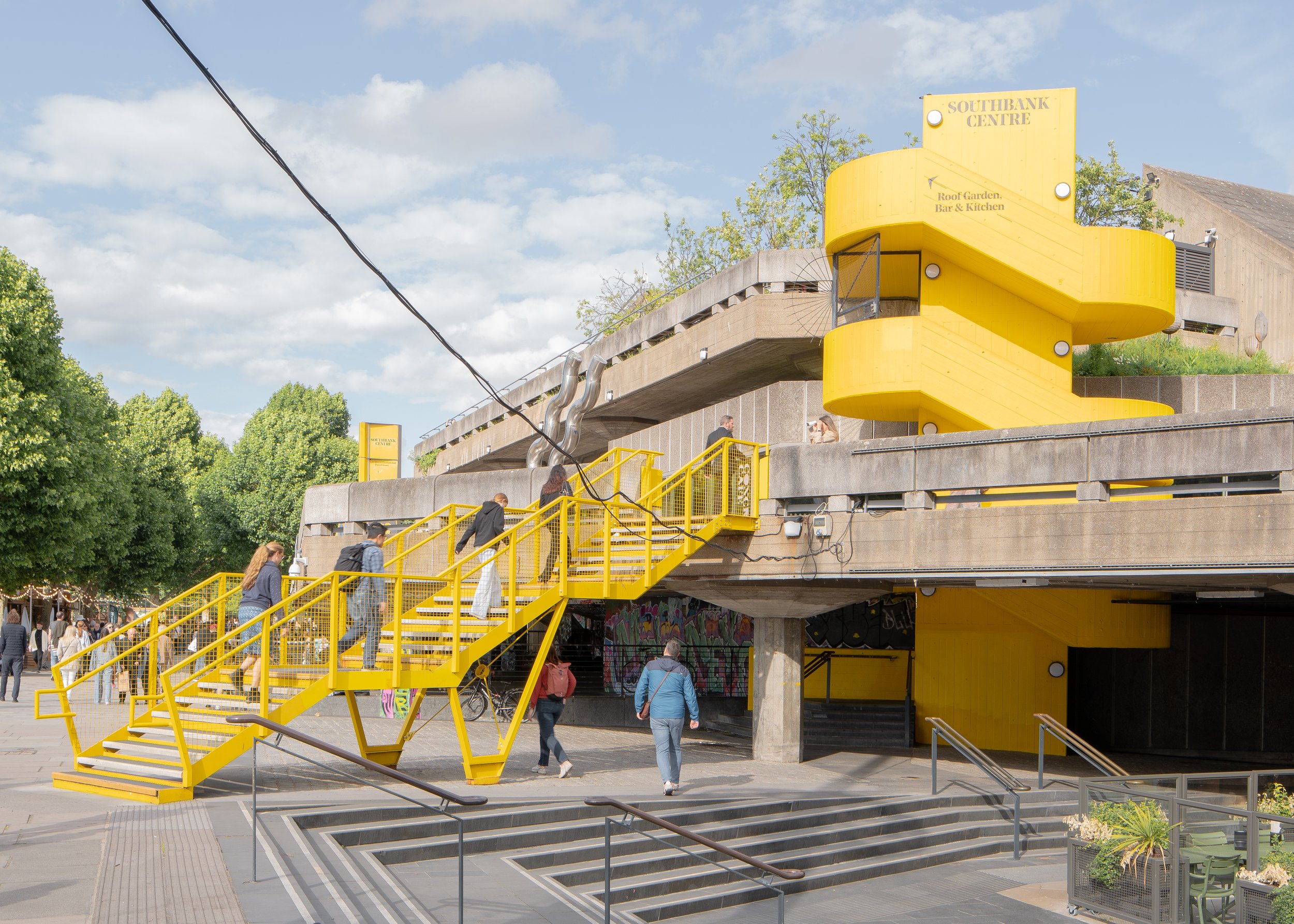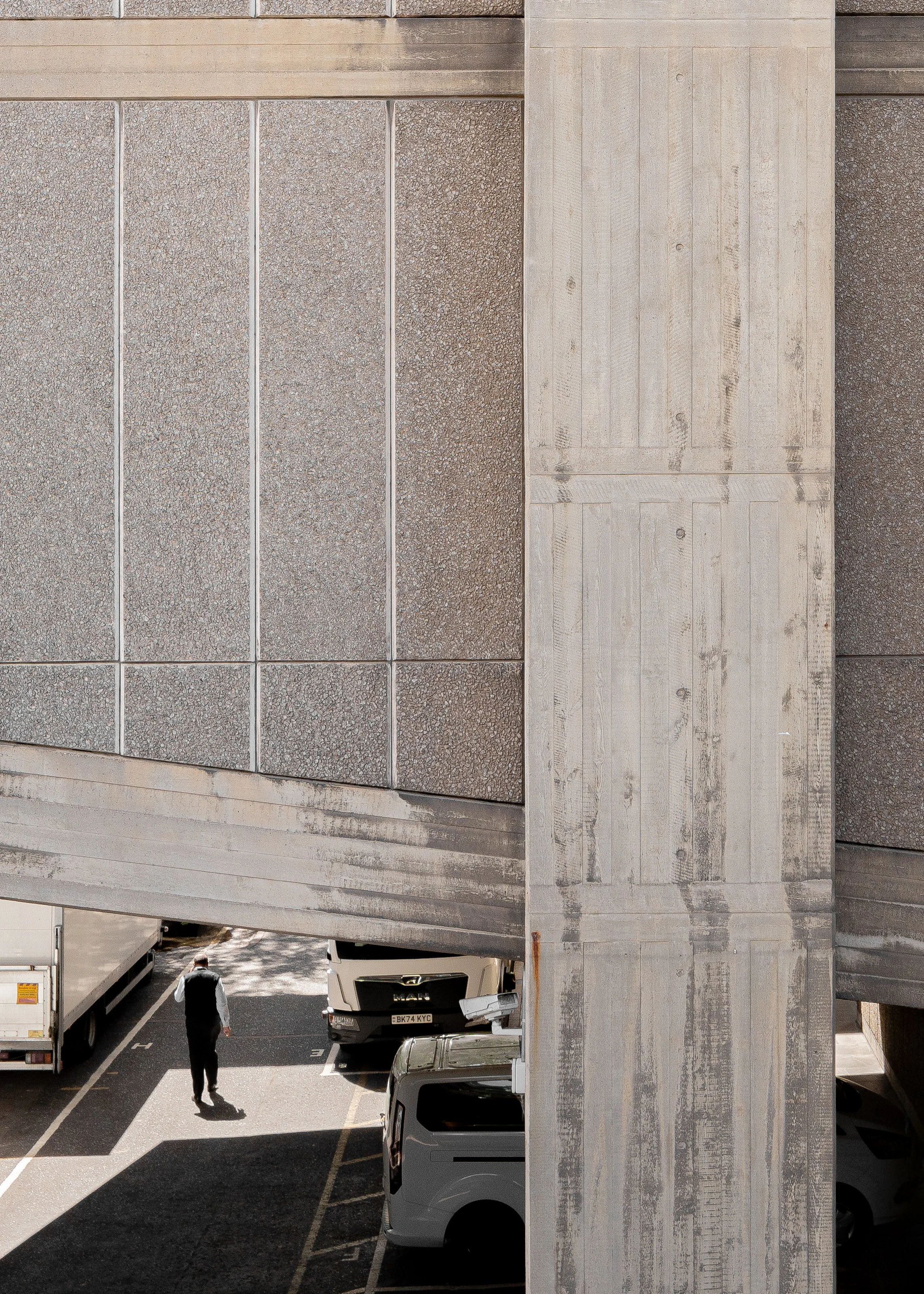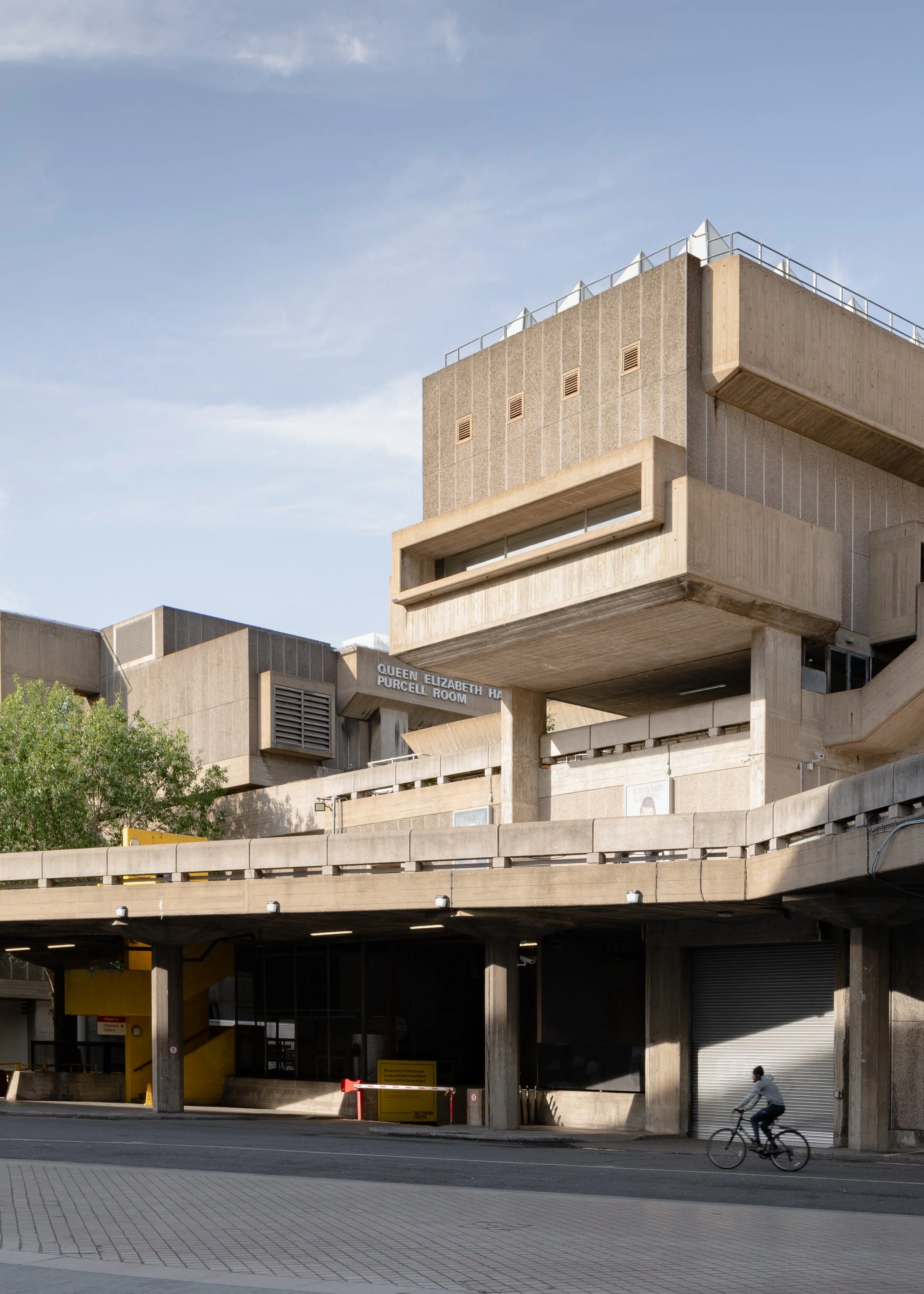
Rising from the banks of the River Thames, Southbank Centre is more than an arts venue—it’s a testament to post-war optimism and architectural ambition. Established as part of the 1951 Festival of Britain, its Royal Festival Hall was the only permanent structure from the event, designed to symbolize renewal and creativity in a recovering nation.
Over the decades, Southbank Centre expanded to include the Queen Elizabeth Hall, Purcell Room, and Hayward Gallery, forming one of the UK’s largest arts complexes. Its brutalist architecture, often debated, remains an iconic feature of London’s skyline, embodying a bold, modernist vision.
Despite its architectural significance, much of Southbank Centre remains unlisted, with repeated calls for protection met with rejection. While the Royal Festival Hall holds Grade I-listed status, the Queen Elizabeth Hall, Purcell Room, and Hayward Gallery have faced decades of refusals, despite recommendations from Historic England. The latest push for listing comes as a Certificate of Immunity preventing designation expired in February 2025, reigniting debates over its preservation.
Beneath the Queen Elizabeth Hall, the Undercroft Skate Space has thrived for over five decades, becoming one of the world’s longest-running skate spots. Originally an open concrete space left by architects in the 1960s, skaters adopted it in 1973, transforming it into a cultural landmark. Despite its deep-rooted significance, the skate park remains unlisted, leaving it vulnerable to redevelopment pressures.
Architecturally, Southbank Centre is a raw expression of brutalist design, characterized by exposed concrete, angular forms, and utilitarian aesthetics. The space’s ledges, pillars, and stairs, unintended for skating, have been repurposed by generations of skaters, reinforcing the adaptive nature of urban environments.
Yet Southbank Centre is more than just a collection of buildings—it is a polyaspect space, shaped by the perspectives of those who pass through it. To the skater, it is a playground of movement and creativity. To the commuter, it is a familiar backdrop to daily life. To the tourist, it is a striking landmark of London’s cultural scene. To the entertained, it is a stage for music, art, and performance.




